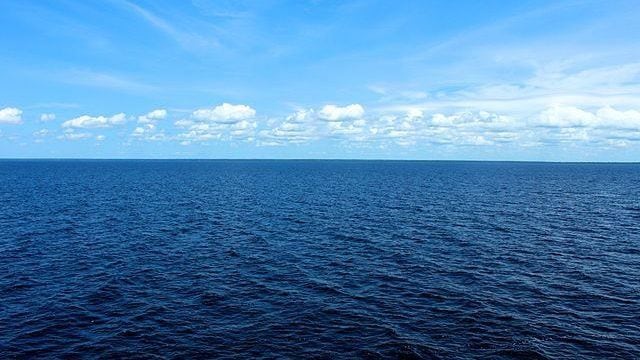
As countries try to neutralize greenhouse gas emissions carbonthe world demand for minerals is growing, a green revolution that is accelerating the mining exploitation of the oceans.
One of these zones is the Clarion-Clipperton Zone (CCZ), a huge region in the Pacific Ocean, roughly twice the size of India, which has already been divided up and allocated to companies for commercial mineral exploration.
The area, which spans six million square kilometers from Hawaii to Mexico, is one of the most pristine regions of the world ocean.
Currently, seventeen companies benefit from mining and extract minerals in an area of 1.2 million square kilometers within the CCZ, but What kind of biodiversity do these deep seas harbor?.
To find out, an international team of biologists has developed the first “inventory” of the CCZ, which brings together all the records of species made in previous research expeditions in the region.
According to his estimates, published this Thursday in an article in the journal Current Biology, the CCZ is home to 5,578 different species and it is estimated that between 88% and the 92% They are totally new to science.
“We share this planet with all this amazing biodiversity, and we have a responsibility to understand and protect it”warns Muriel Rabone, a seabed ecologist at the Natural History Museum in London (United Kingdom).
“We have to know what lives in these regions before we can begin to understand how to protect such ecosystems”adds Adrian Glover, a researcher at the Natural History Museum and co-author of the study.
An unknown and unique biodiversity
To begin to understand what life the CCZ contains, the researchers analyzed more than 100,000 records of creatures found in recent years on marine expeditions.
According to the inventory, the biodiversity of the area is classified into 27 phyla, 49 classes, 163 orders, 501 families, and 1,119 genera in total.
Furthermore, of the more than 5,000 species found, only six (among them a sea cucumber, a worm, and a carnivorous sponge) have been seen elsewhere, meaning the rest are probably unique to the world.
Most species are arthropods, such as shrimps or crabs, and many of them are worms, echinoderms (spiny invertebrates such as sea urchins), and marine sponges.
“Many of these species are extraordinary. Some sponges look like classic bath sponges and others look like vases. They are beautiful. One of my favorites is the glass sponge. They have these little spines and, under a microscope, they look like tiny chandeliers or little sculptures.”Rabone details.
Much of this biological data has been found by the mining companies themselves, which, before reaching a contract, must analyze life in the area and send this information to the International Seabed Authority (ISA), which publishes these data. data on the DeepData platform.
Rabone, who is a data manager and analyst in the DeepData scientific group, acknowledges that it is one of the tools that has increased knowledge of the CCZ the most, but “We believe -he says- that there are still between 6,000 and 8,000 unknown animal species, which means that close to the 90% of the species that live in the CCZ are not known to science”.
For this reason, looking to the future, Rabone and his team underline the importance of continuing to study this area in a “collaborative and multidisciplinary” way to better understand the region’s biodiversity and its relationship with the environment because this information is key to preserving life. of the sea depths.
“Some of the largest deep-sea mining operations are on the brink of approval, so it is imperative to work with the companies that are going to exploit these resources to ensure that this activity has a limited impact on the natural world”concludes Glover.
Source: EFE
Source: Gestion
Ricardo is a renowned author and journalist, known for his exceptional writing on top-news stories. He currently works as a writer at the 247 News Agency, where he is known for his ability to deliver breaking news and insightful analysis on the most pressing issues of the day.












